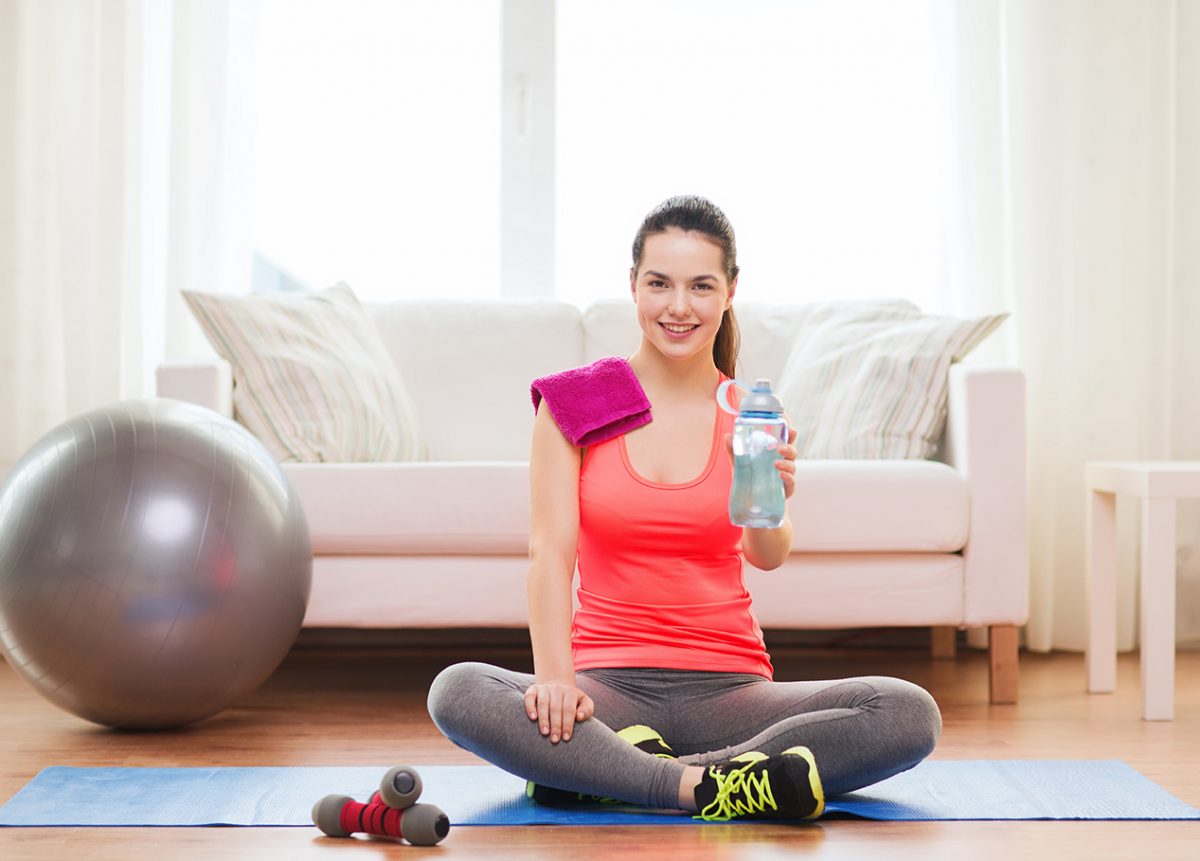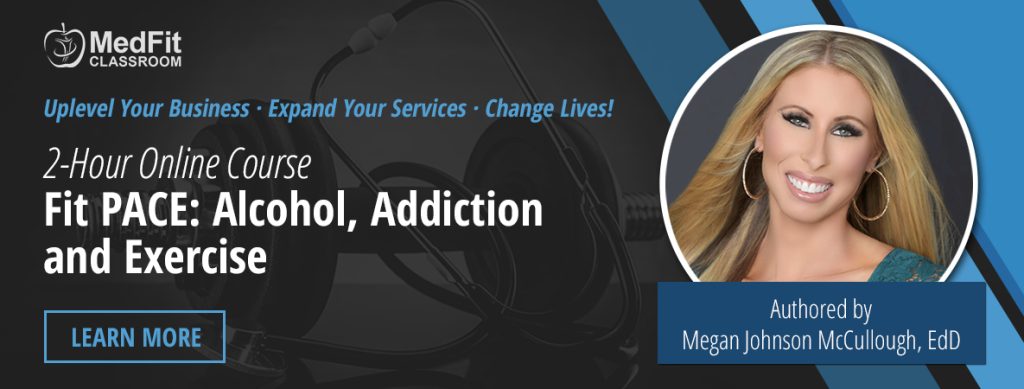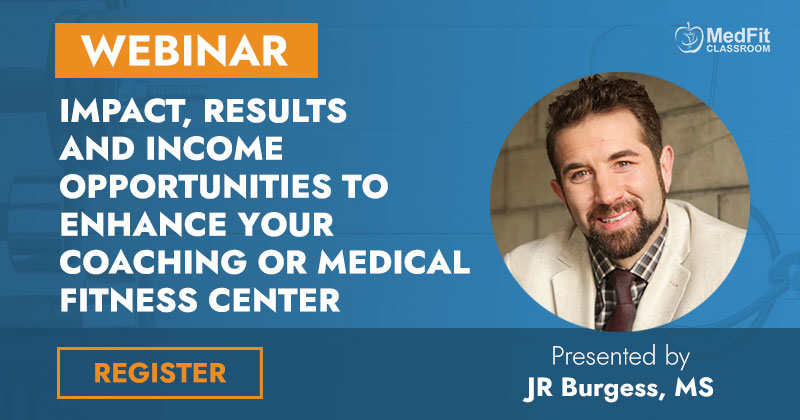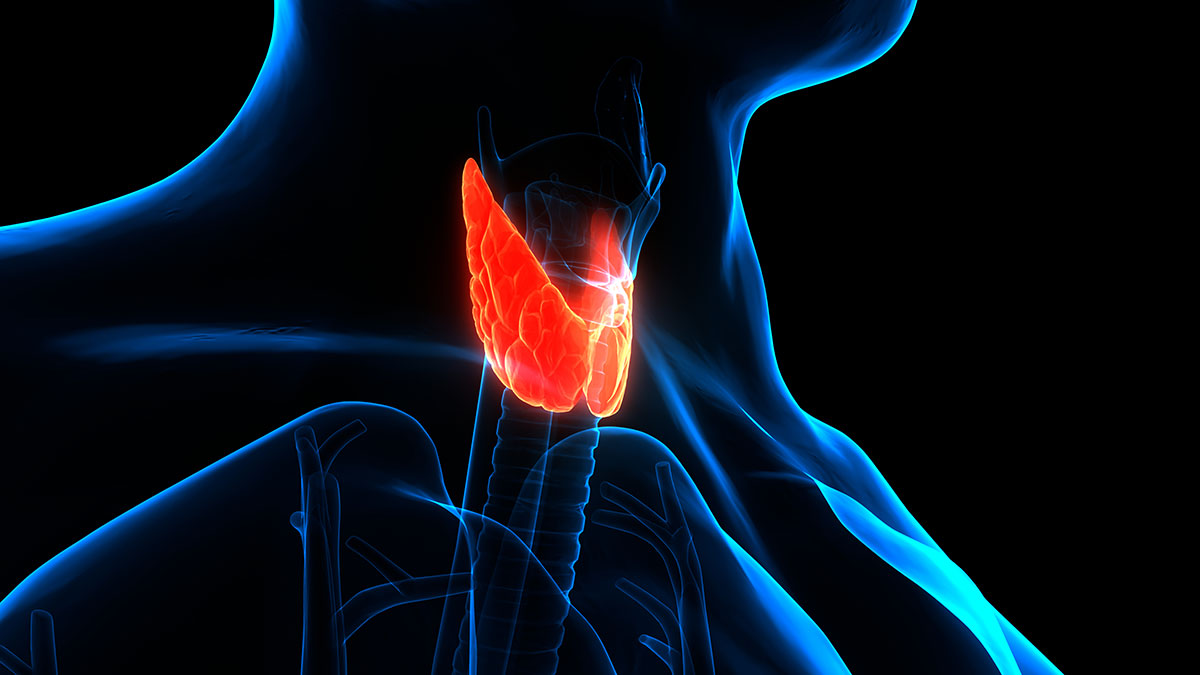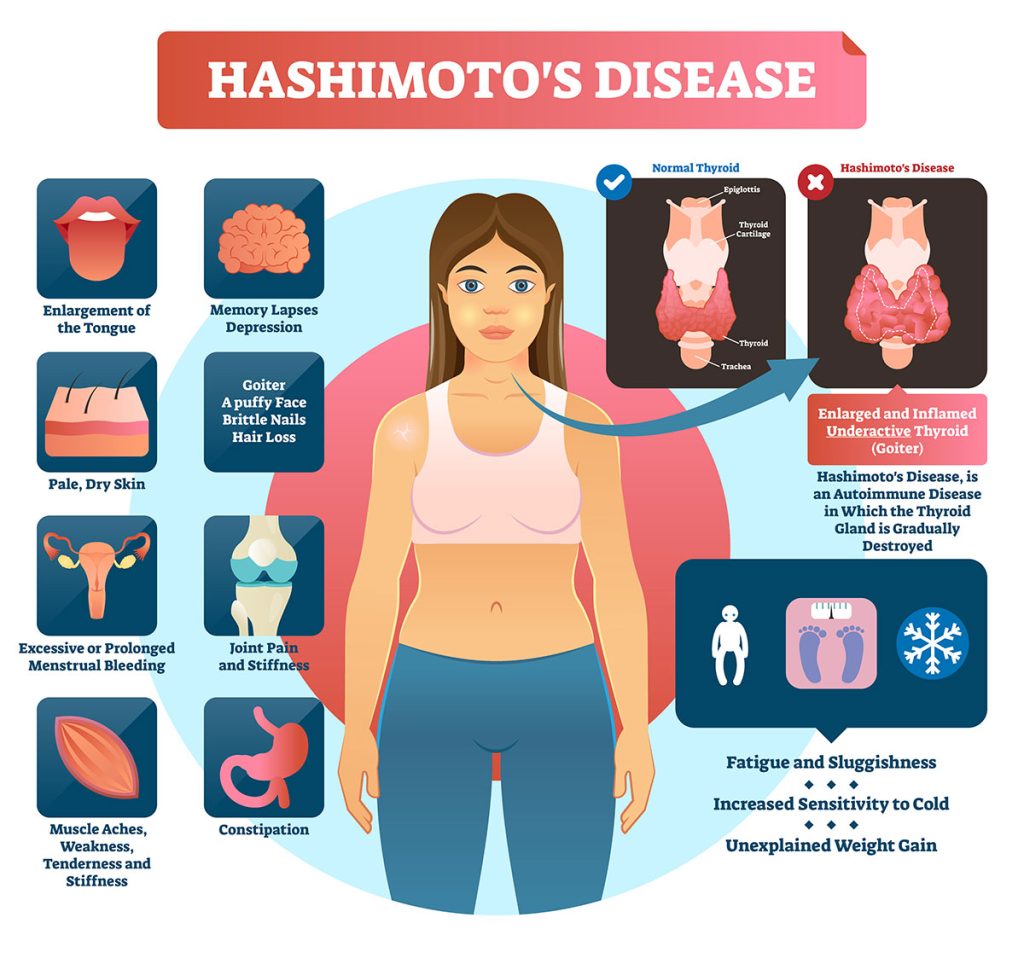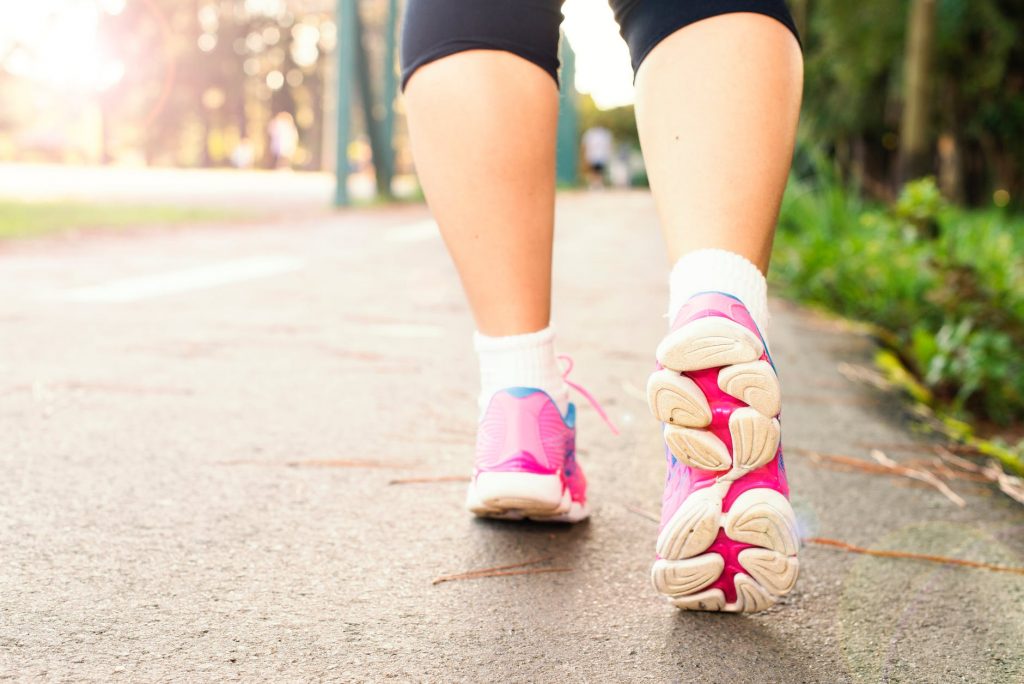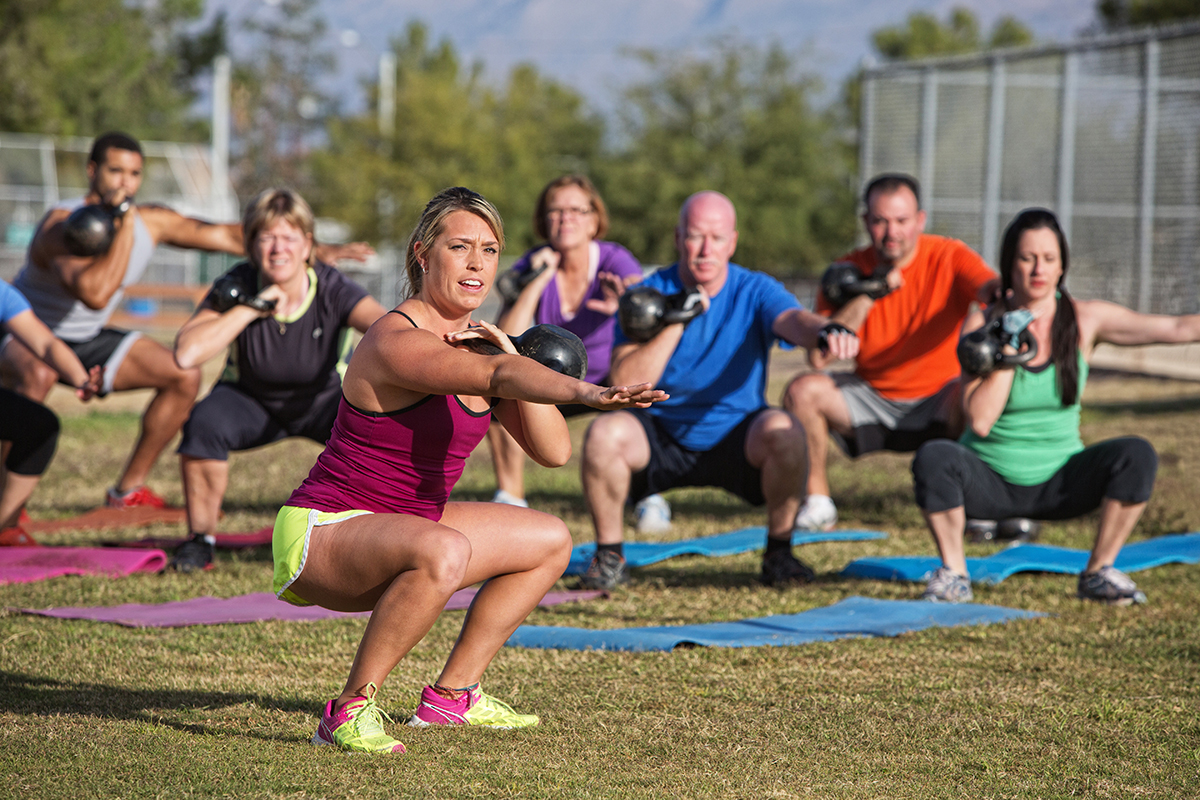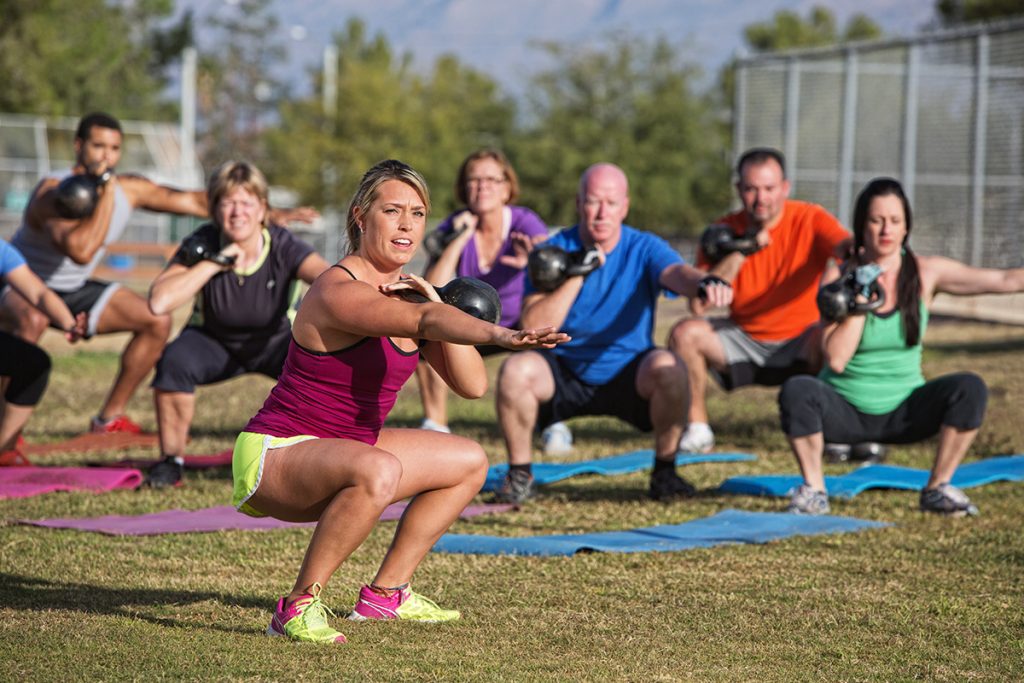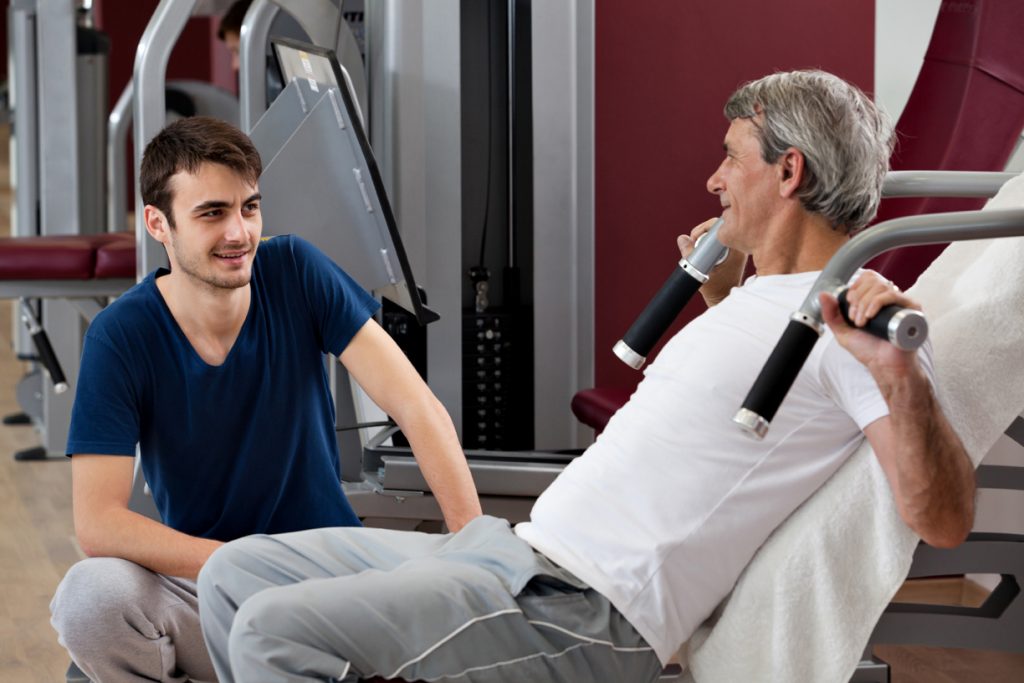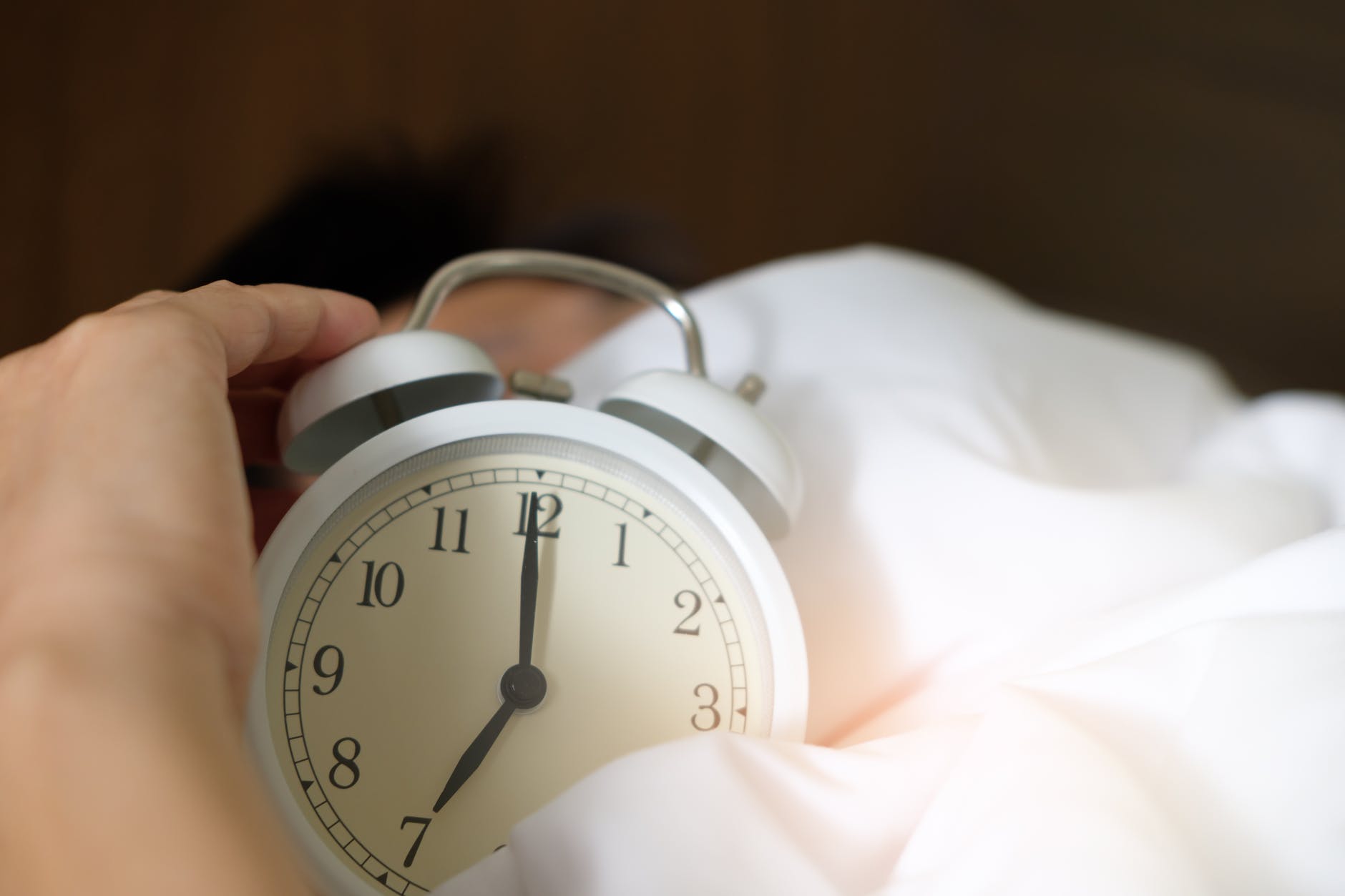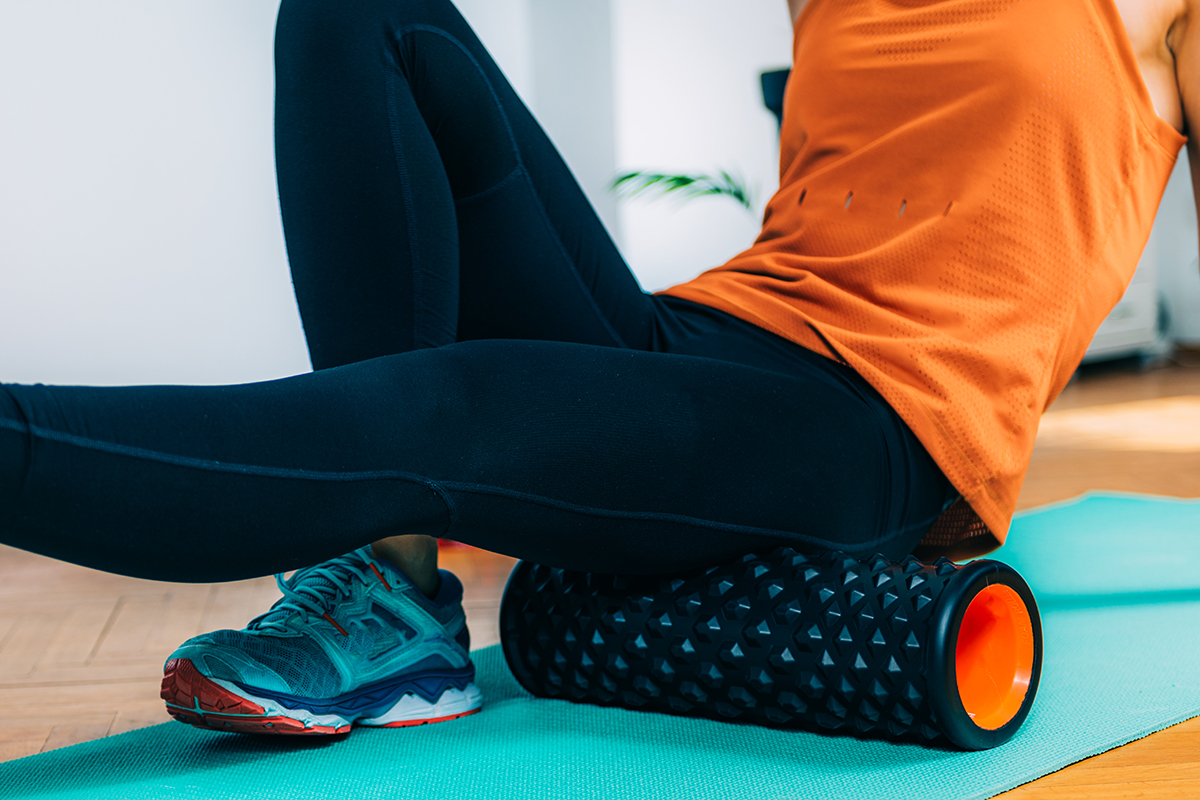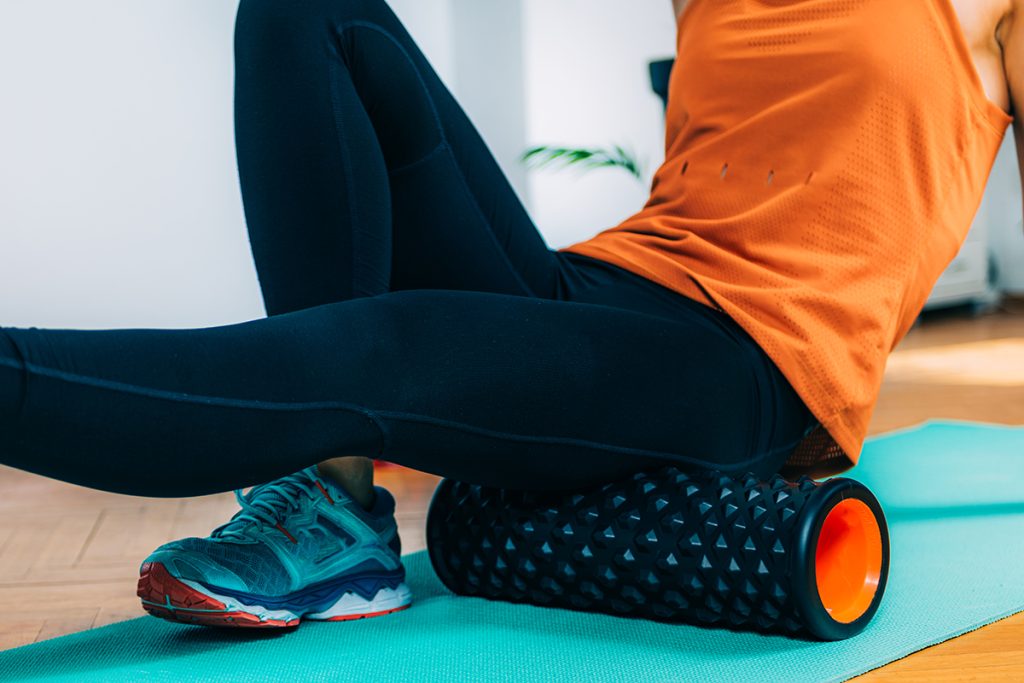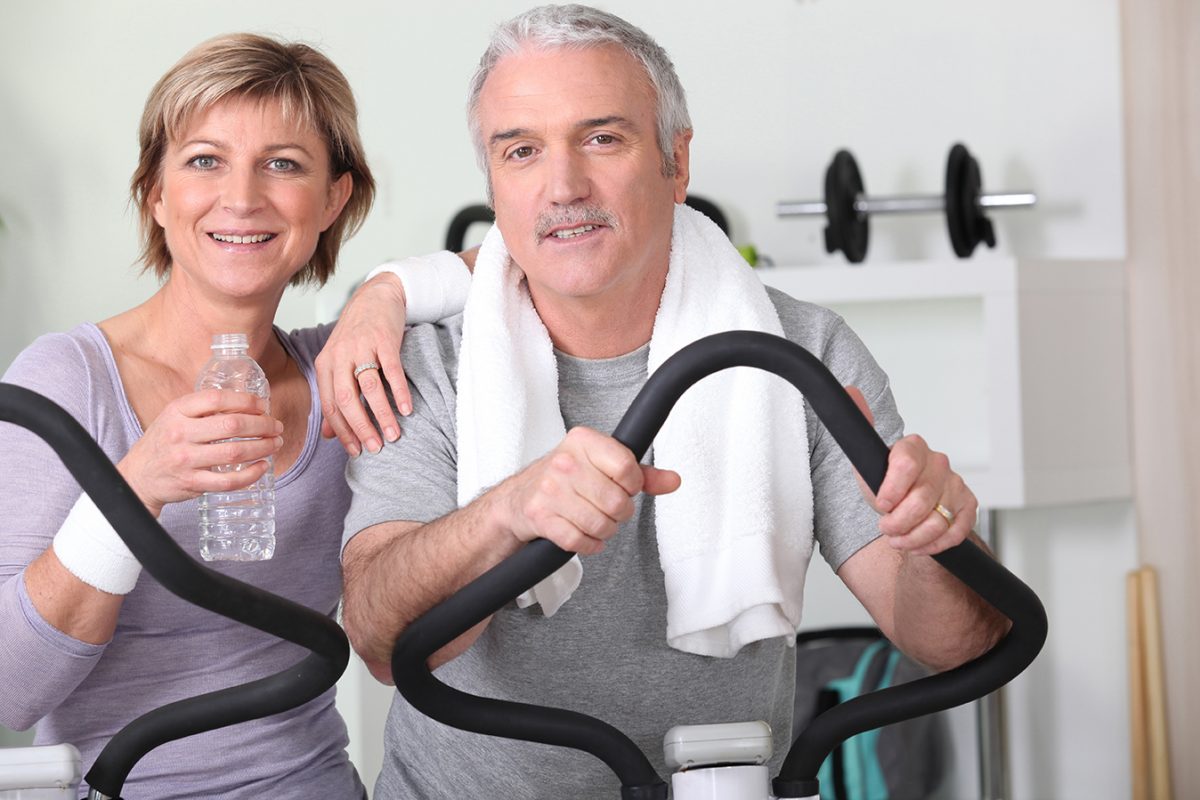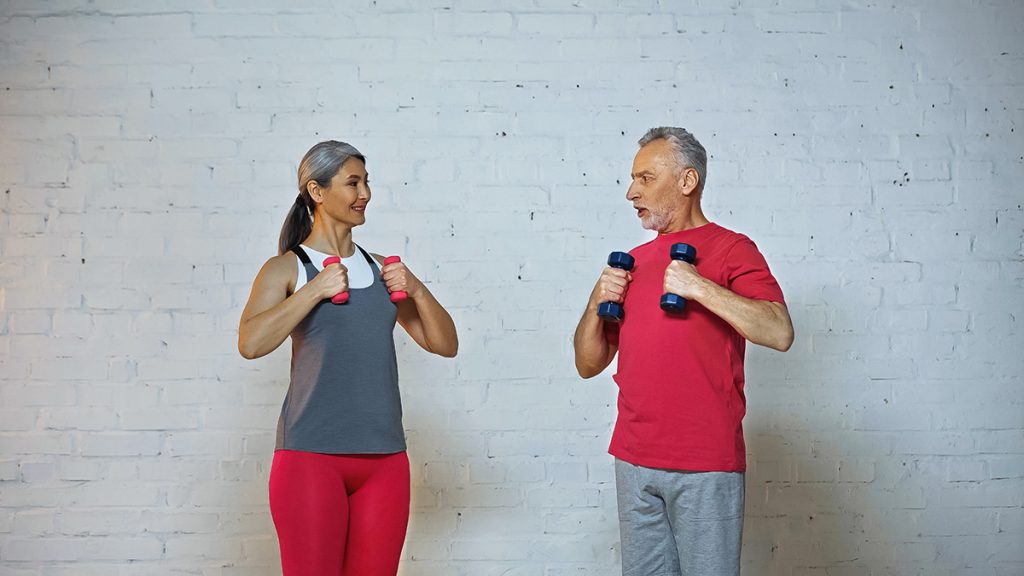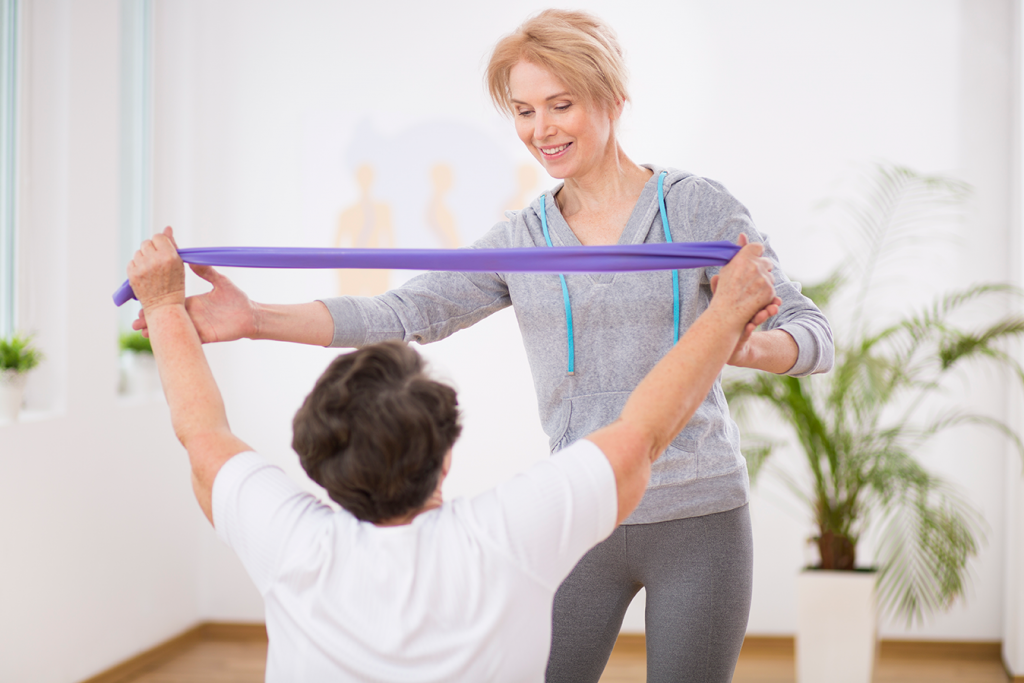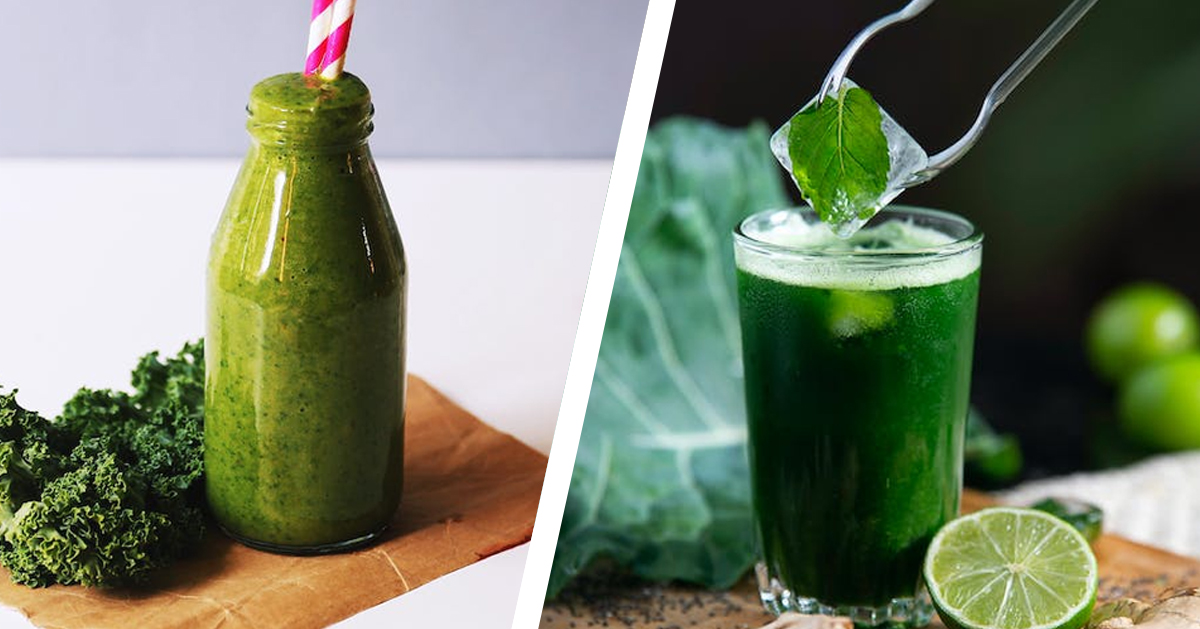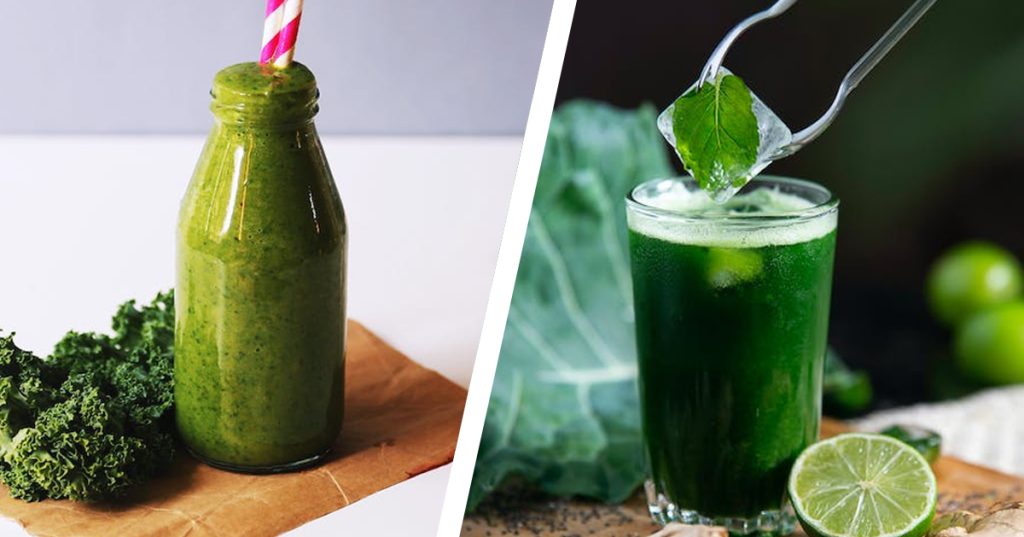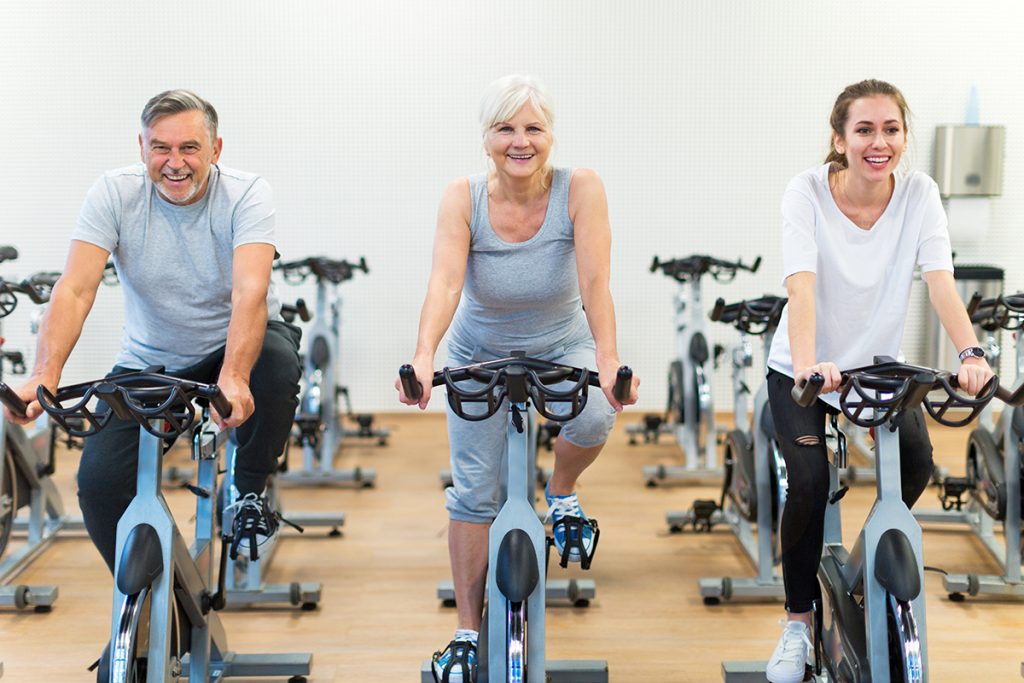Fit PACE: Substance Abuse & Exercise
Research has shown the positive influence of exercise on alcohol use disorder (AUD) recovery as well as other drug-related substances. However, qualitative research has been missing regarding the influence of exercise on substance abuse disorders. In 2021, I performed a qualitative study involving interview and exercise journal data, which further validated the benefits of exercise during addiction recovery (specifically AUD). Most importantly, the results of the study showed how exercise can persuade the decisional balance a person has when working through the process of recovery. The benefits of exercise (pros) are better than the benefits of drinking (which are now cons). Another important theme participants expressed was that exercise does help recovery, but it should be a tool, not a replacement to other forms of treatment. Therefore, exercise shouldn’t replace strategies such as group meetings (e.g., AA or NA), cognitive behavioral therapy, or medications. Rather, exercise can compliment a comprehensive treatment program as a tool to maintain abstinence from alcohol and other substances, with the ultimate goal of avoiding relapse and reaching termination of the addiction. The intention of my study was to help medical and fitness professions better understand how persons connect exercise performance to their recovery process. This information also leads to better strategic planning programs for recovery, including exercise.
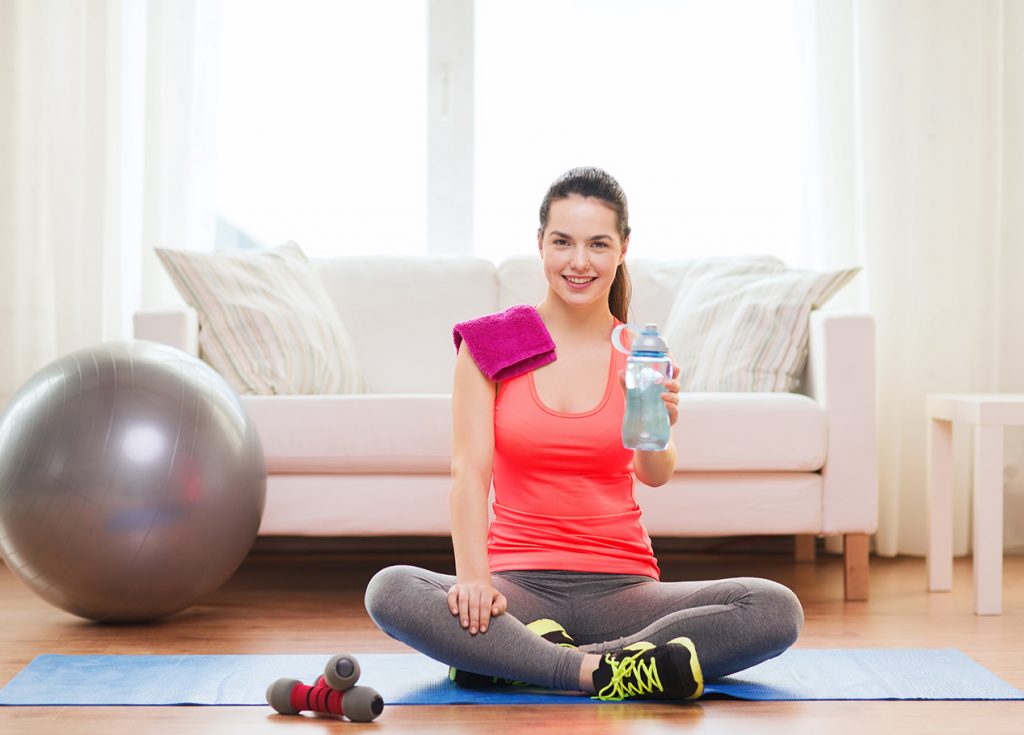
As a result of my research, I have developed the PACE Method to assist persons in recovery who are using exercise as a tool in order to combat not only relapse but also the threat of replacing one addictive behavior with another. One might replace exercise with the aforementioned forms of treatment, and in doing so, replace the psychology/physiology of their addictive habits with exercise performance. Even if exercise is considered “healthy”, in excess, there are consequences to the body. Currently the DSM-5 (Diagnostic and Statistical Manuel of Mental Disorders from the American Psychological Association) does not have diagnosis for exercise addiction. What is considered the appropriate/recommended, “normal” amount of exercise? Leaving that up to be self-determined, particularly to persons in recovery who are at risk for addictive forming thoughts and behaviors, can be problematic. Just like any program planning, a medical and/or fitness professional may refer/recommend, there needs to be an appropriate guide to properly integrating exercise into recovery without reaching excess.
PACE stands for Proactive Awareness Controlling Excess. Fit PACE is a guideline/tool to incorporate exercise into recovery safely by being proactive and ahead of excessiveness, being aware of your own addictive behaviors, controlling thoughts/actions, and deterring/avoiding reaching exercise in excess. I have just released the Fit PACE mobile app which details a program for persons in substance abuse recovery to follow for exercise performance. Users not only log days performing exercise for accountability (and to avoid excess), but they also log number of days sober. Graphical images display progress and track this information. Users can connect to other persons on the app, which emulates the group meeting, community support aspect recovery. Users can select their exercise goal and tailor workouts to their level of fitness. It is my hope that both fitness and medical professionals can refer/recommend the Fit PACE app to download and use as a tool during substance abuse recovery. This is in alignment ACSM’s Exercise is Medicine philosophies.
To download the Fit PACE app, look in the applicable store for your cellular device:
Online Course: Fit PACE – Alcohol, Addiction and Exercise
Want to learn more? Sign up for Dr. McCullough’s short online from MedFit Classroom, Fit PACE – Alcohol, Addiction and Exercise
Dr. Megan Johnson McCullough, owner of Every BODY’s Fit in Oceanside CA, is a NASM Master Trainer, AFAA group exercise instructor, and specializes in Fitness Nutrition, Weight Management, Senior Fitness, Corrective Exercise, and Drug and Alcohol Recovery. She’s also a Wellness Coach, holds an M.A. Physical Education & Health and a Ph.D in Health and Human Performance. She is a professional natural bodybuilder, fitness model, and published author.

